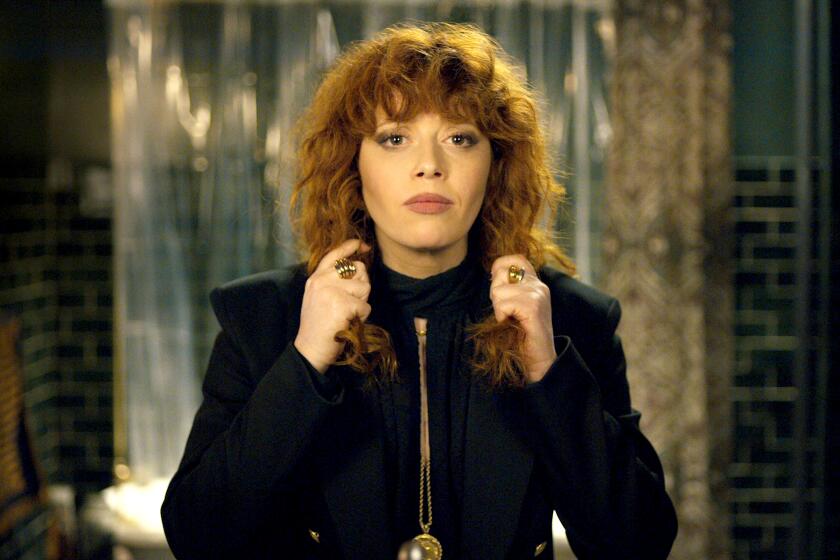What’s fact and what’s fiction in Netflix’s tale of serial killer Charles Cullen
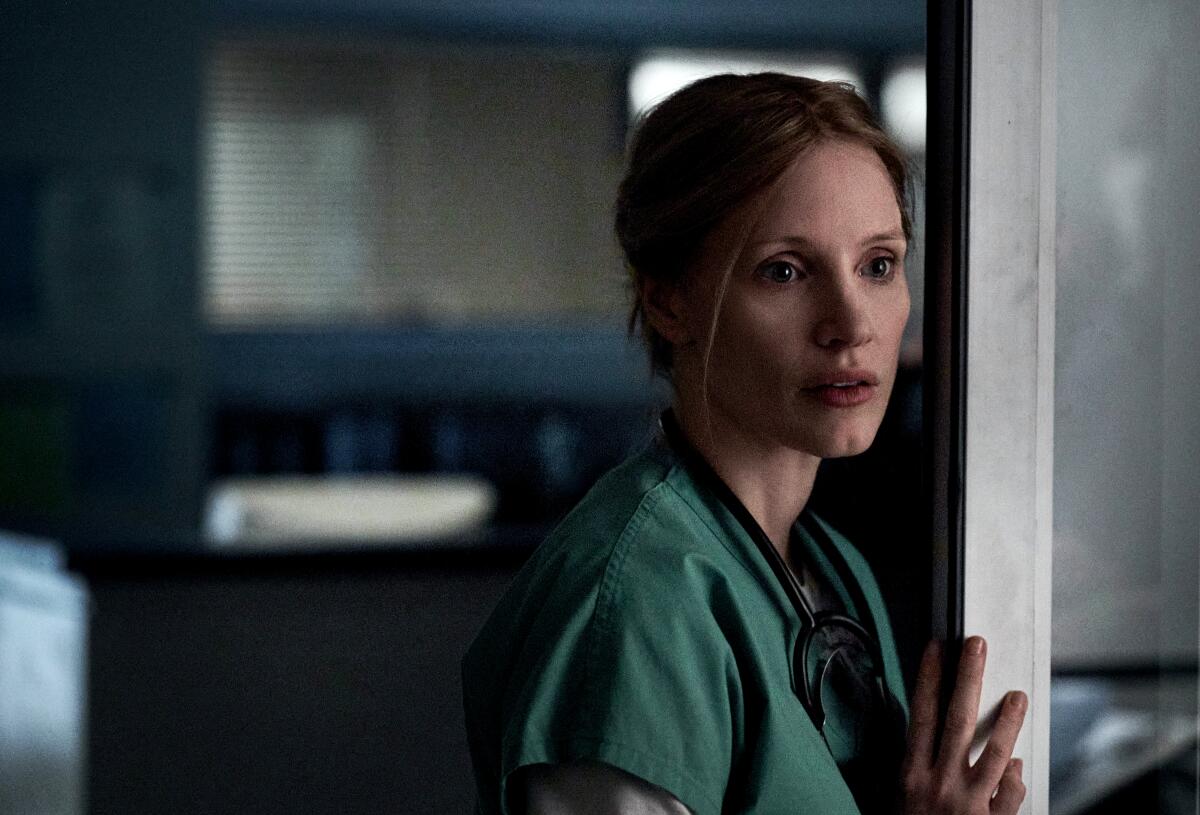
- Share via
For 16 years, an American nurse named Charles Cullen murdered patients, seemingly without motive. When he was caught and arrested in 2003, he confessed to homicide detectives Dan Baldwin and Tim Braun that he had killed as many as 40 people. Experts now believe that number is in the hundreds, which would make Cullen the most prolific serial killer in recorded history. He is the subject of Charles Graeber’s exhaustively researched 2013 book, “The Good Nurse: A True Story of Medicine, Madness, and Murder,” which is the basis for a new Netflix film, “The Good Nurse,” written by Krysty Wilson-Cairns and directed by Tobias Lindholm.
Wilson-Cairns pitched her take on the adaptation nine years ago after being sent Graeber’s book by her agents. At first she wasn’t sure she wanted to write a screenplay about a serial killer, but Graeber’s writing drew her in, as did the real-life story of Amy Loughren, a fellow nurse who helped to bring Cullen to justice.
“I’d never heard about Charles Cullen,” Wilson-Cairns recalls. “I didn’t know he was America’s most prolific serial killer. I didn’t know it happened in my lifetime. And I’m a weird, twisted person who stays on Google until four in the morning reading about terrible people, so I would know it.”
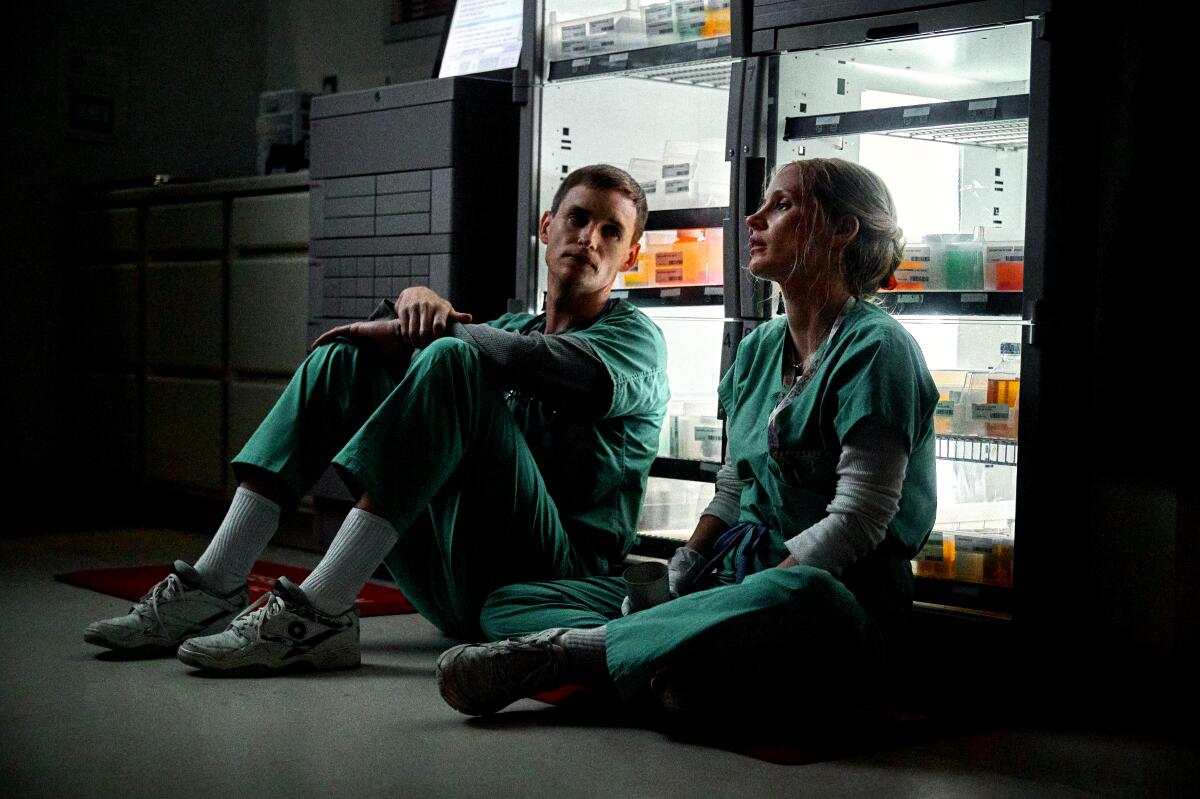
As a native of Scotland, she was also unsettled by the American healthcare system, which enabled Cullen to stay employed at various hospitals for nearly two decades by sweeping his actions under the rug in order to protect business interests.
“When you put profits ahead of patients, you jeopardize care and you jeopardize the system in which people can be held to account,” Wilson-Cairns adds. “So [my interest] was the trifecta of the fact that I’ve never heard of it, the system that I thought is profoundly broken and this single mom superhero. What more can you ask for as a writer in a story you want to tell?”
To turn that story into a feature film required Wilson-Cairns and Lindholm to fictionalize certain aspects and change some details. But Graeber, who supplied Wilson-Cairns with his research, including the actual tapes of Cullen’s confession, feels that the onscreen version of “The Good Nurse” retains a solid amount of truth.
“I felt that it was accurate in its essence,” Graeber confirms. “I knew it was going to be very different for storytelling reasons, for legal reasons, for reasons of time. There are many bad versions of the serial killer movie, which all would oversimplify the real story here, which is really not about a serial killer at all. It’s really about institutions, the banality of evil and individuals and the choices they make. I feel that this film nails that.”
A New Jersey town is shocked after a nurse admits killing up to 40 people, but is proud that a local hospital played a key role in the inquiry.
Streamlining the story
Although Cullen was active for 16 years, “The Good Nurse” focuses on the period of time right before his arrest. The film centers around Amy (Jessica Chastain), a single mom with a heart condition who works nights as a nurse in the ICU. She is closely based on the real Amy, who was involved in the making of the film. As Amy struggles to keep her heart condition a secret, she befriends the recently hired Charlie, played by Eddie Redmayne. He ingratiates himself into her life, including befriending her two children, before she begins to realize he is spiking IV bags with drugs like insulin and digoxin, causing patients to die suddenly. Eventually, Amy helps two detectives, Danny Baldwin (Nnamdi Asomugha) and Tim Braun (Noah Emmerich), investigate Charlie, and she is instrumental in his confession.
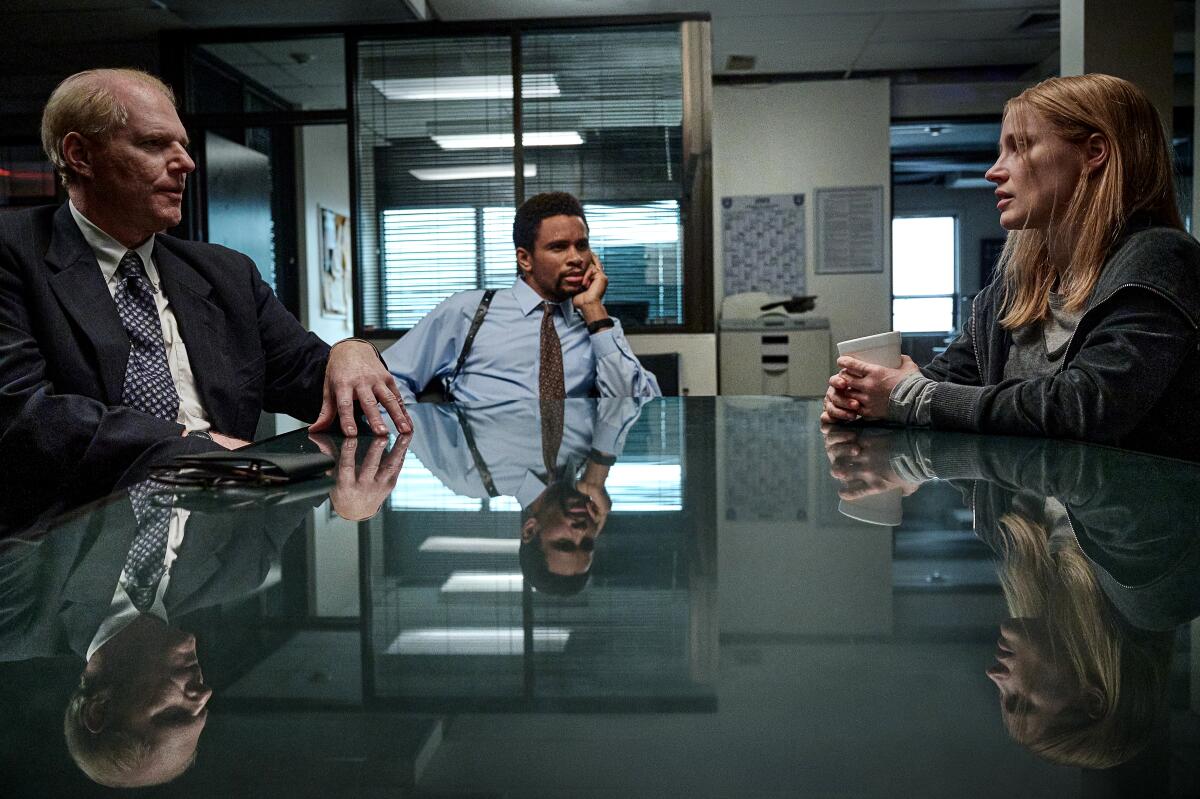
Hewing more closely to the facts was part of the project’s evolution, says Wilson-Cairns.
“In the earlier drafts, there was a lot more invented because we were talking about it being sort of ‘Silence of the Lambs’ and more genre,” she explains. “As we refined it, we realized that the most thrilling elements are the true elements. And if you can say, ‘This is a true story, I didn’t really invent any of this,’ then it becomes even more scary. It’s terrifying because it happened.”
Key changes include the timeline, which is condensed to six months, and the fact that Charlie spends time in Amy’s home. According to Graeber, Charlie knew where Amy lived but would never have met her children. It’s true, though, that Amy had severe heart issues and confronted Charlie in a diner while wearing a wire prior to his arrest. Wilson-Cairns had access to the recording of the wiretap, which in reality was three hours long.
“As much as you’re like, ‘I want to take every single line that’s put in this and every single pause,’ you think, ‘OK, no, I can’t. I have to work out how can I tell the truth of this three hours in three minutes,’” Wilson-Cairns says. “That’s sometimes incredibly unnerving.”
We surveyed The Times TV team to come up with a list of the 75 best TV shows you can watch on Netflix. As in, tonight.
Protecting the victims
It’s unknown exactly how many people Cullen killed. Originally, Cullen confessed to a particular number of victims, but according to Graeber, that number has changed as more information has come to light.
“Hospital medical murders are very difficult to prove,” Graeber notes. “A lot of the hospital records had been destroyed or were incomplete because we’re going back a decade. And said he didn’t remember specifically — his memory works a little differently. He also was shaping the narrative he was comfortable with. But the experts that I spoke with, the people that know this case, some that had a profound psychological insight [on] him and had spoken with him candidly, said that the number that he had confessed to was probably lower by a factor of eight, which would put it somewhere between 300 and 400 people.”
In the film, Charlie is depicted murdering several people, including a female patient with a young baby and an elderly woman with a grieving husband, by injecting drugs into IV bags in the storage room. These onscreen victims, however, have been fictionalized.
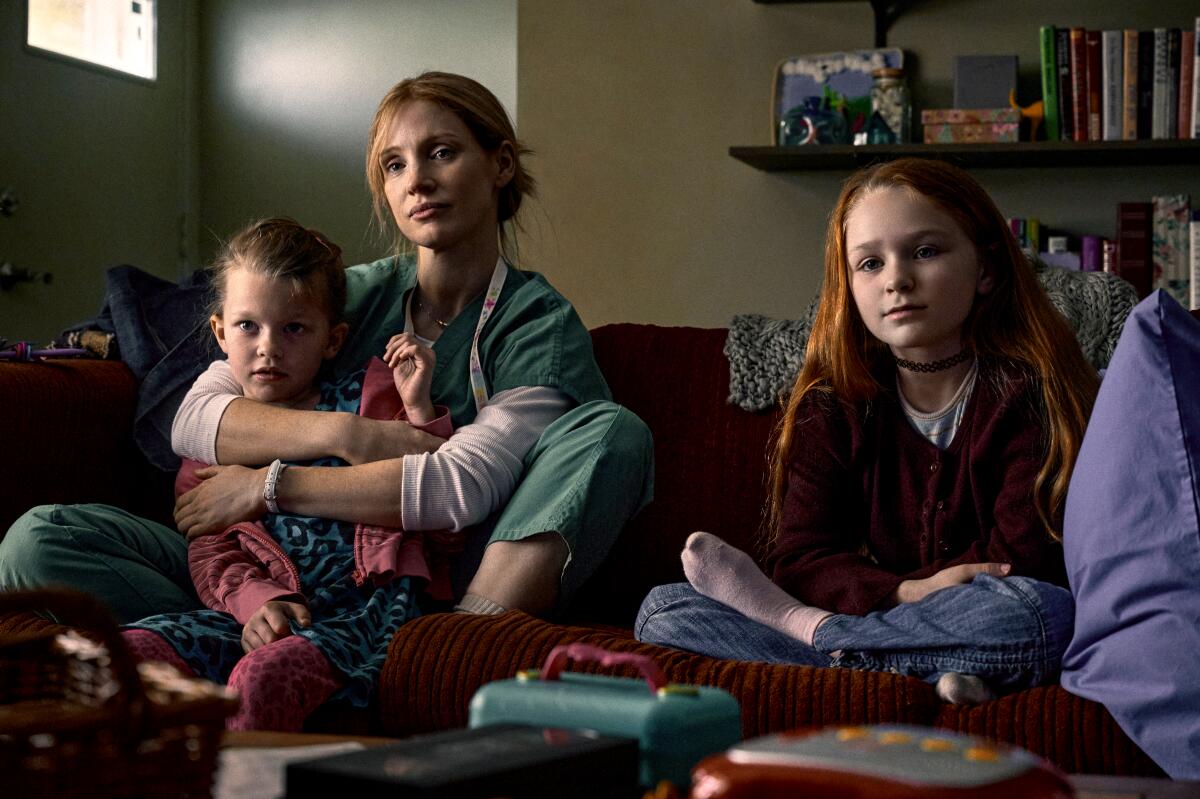
“There is not a patient that is a true story,” Lindholm confirms. “None of the deaths we see in the film are based on real victims. We took the liberty to change that because that basically wasn’t the point of the film, that you know exactly what happened. We did not want to retraumatize anybody.”
“I didn’t feel right about using people’s names and putting words in their mouth because they were killed,” Wilson-Cairns adds. “What we did was we kept the methodology of the murders completely the same, and then we deviated from the actual victims’ names and their lives.”
Over the years, Cullen murdered hospital patients in various ways. The method depicted in the film is accurate, although it may not have been what Cullen was doing at that particular time, according to Graeber.
“He adapted his methods of murder over the course of his career, but that’s really too much to communicate in a film,” Graeber explains. “So polluting IV bags before they went out on the floor, which is to say dosing them with dangerous medicines in the storeroom before they even went out to patients, that was one of his initial, admitted methods for overdosing patients. But it was by no means the only way he did it. And it wasn’t the way he was doing it at the end.”
The complete guide to home viewing
Get Screen Gab for everything about the TV shows and streaming movies everyone’s talking about.
You may occasionally receive promotional content from the Los Angeles Times.
Re-creating a night ward
Amy and Charlie work night shifts in a hospital, often spending long hours in patient rooms and behind desks. It was important for Lindholm that the hospital setting feel as accurate as possible. Originally, the production hoped to shoot in a working hospital, but the pandemic prevented that.
Instead, Lindholm had a replica of an ICU built in an old factory in Stamford, Conn. He insisted on having patients in all of the rooms while filming, even if the rooms weren’t part of the scene, so there was an illusion of constant activity. The background actors were real doctors and nurses brought on board by a casting agency. Lindholm also consulted with a nurse, Joseph Fugelo, who helped to train Redmayne and Chastain and ended up appearing in the film.
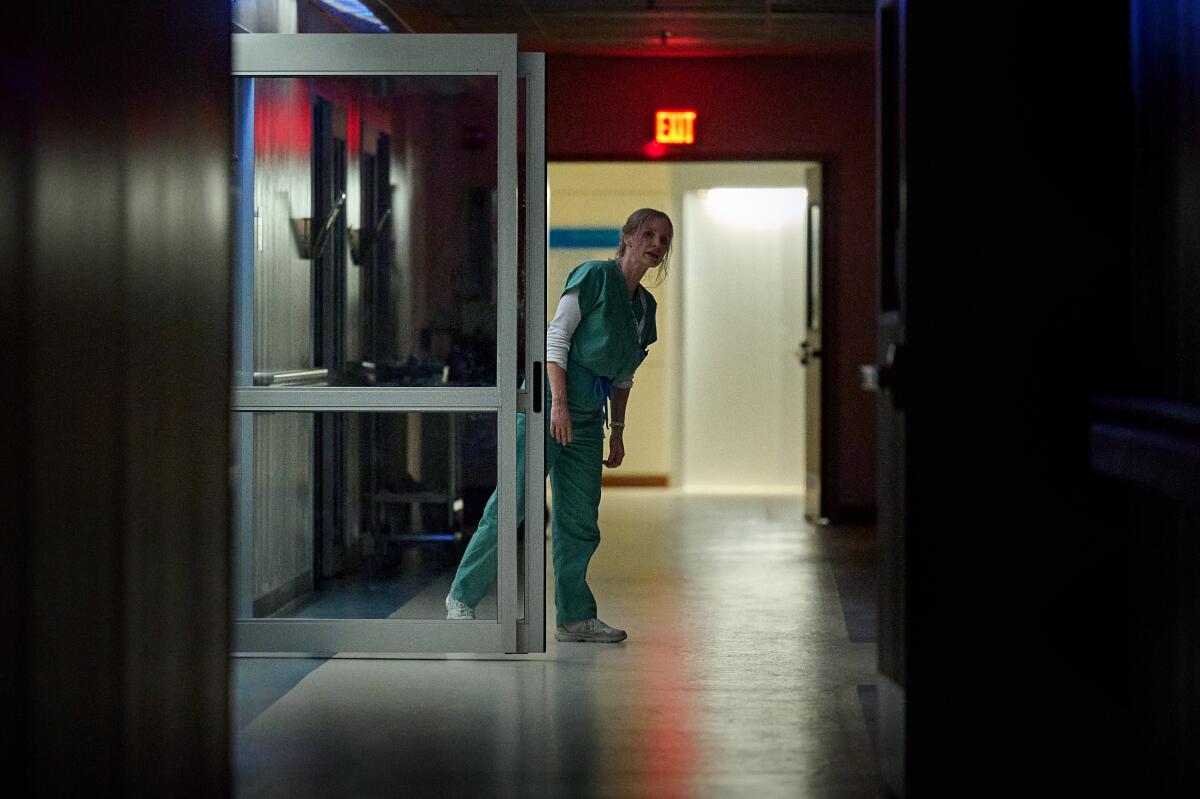
“I’ve always felt that the biggest responsibility I have is towards the people whose lives I portray, and that’s down to the small detail,” Lindholm explains. “That’s why we populated the ICU in the film with real nurses and doctors in the background, so that we would know that we would not make a fake version of their job. And we would respectfully be precise in the portrayal of the nurses and the doctors. In that way, there was a whole little true-life world that Eddie and Jessica could enter and do their jobs and tell this story. It was down to those little details.”
A hero’s journey
Cullen is not a particularly well-known serial killer in pop culture, despite how prolific he was. But the filmmakers were less interested in highlighting him than Loughren, who embodies the title: She risked her career, and potentially her life, to help bring Cullen to justice, and she did so with kindness and compassion. Graeber came upon her during his research for the book and ended up spending hours speaking to her about Cullen.
“She’s a remarkable person,” he recalls. “She ended up being the heart of the story because, unlike homicide detectives or serial killers, Amy’s one of us. She doesn’t expect murder on a daily basis. It’s not her job description, and it’s not her view of the normal world. So her choices are more relatable to us.”
“She was the whole reason to tell this story,” Lindholm says. “We live in a time where we use hateful means to stop violence. We’re obsessed with darkness. And here’s a story about the opposite. About a woman who stopped violence with humanity, with kindness. By reminding a villain of his own humanity. That struck me as an original story to tell and a human take. Instead of being fascinated with the crime, we turned against it and we were fascinated with the humanity that stopped it.”
More to Read
Only good movies
Get the Indie Focus newsletter, Mark Olsen's weekly guide to the world of cinema.
You may occasionally receive promotional content from the Los Angeles Times.
